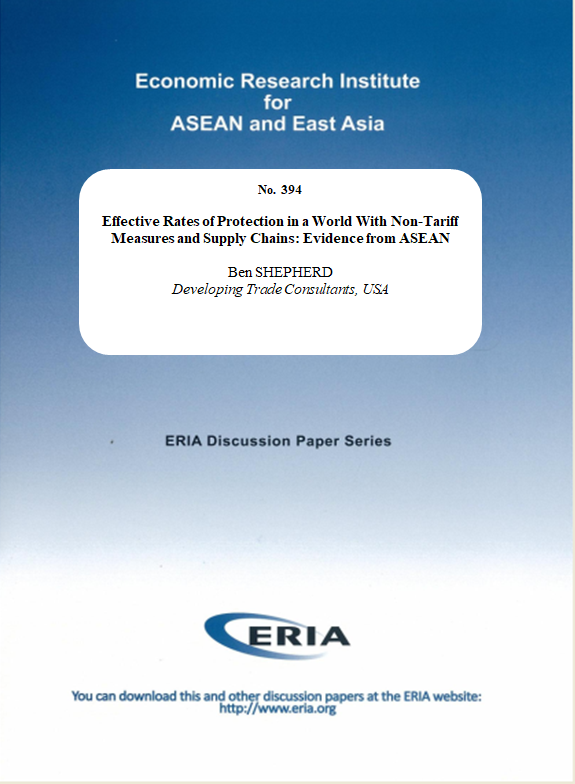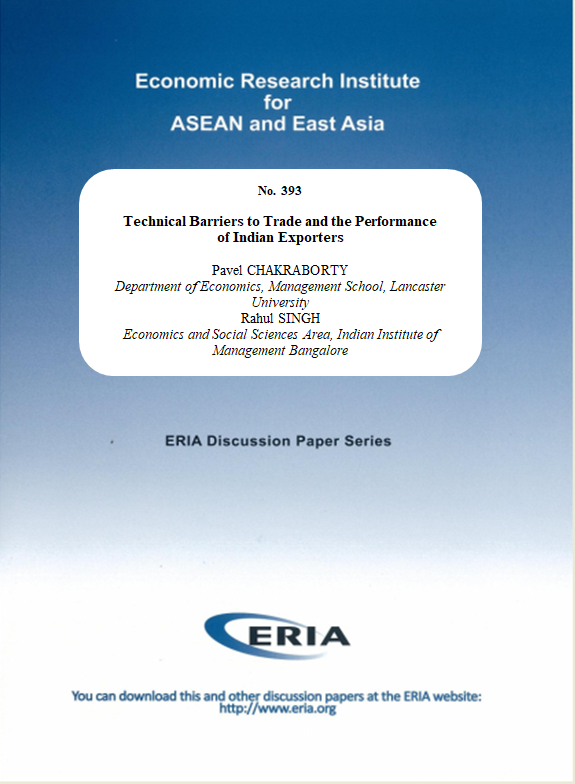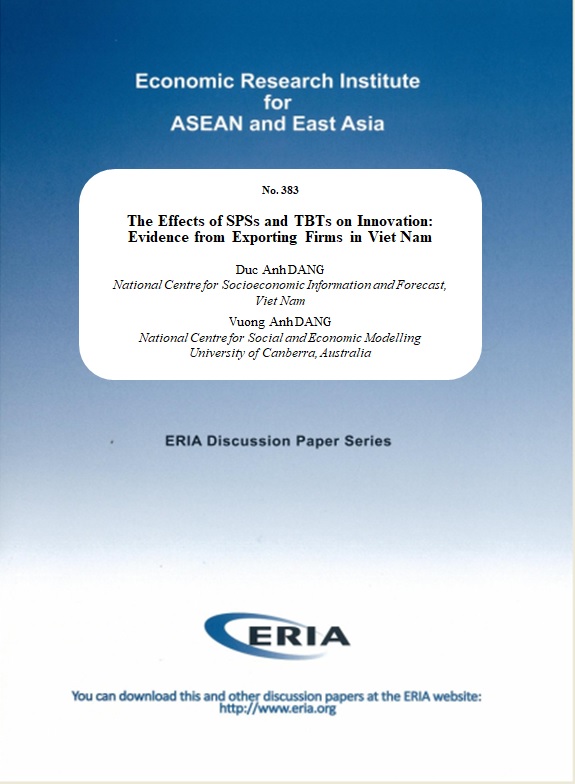Effective Rates of Protection in a World With Non-Tariff Measures and Supply Chains: Evidence from ASEAN

Print Article:
The concept of effective rate of protection expresses protection on a sector’s final output relative to protection affecting its inputs. As such, it is well adapted to analysing the effects of trade policy from a supply chain standpoint. This paper makes two contributions to the literature on effective rates of protection. First, it draws on the literature on trade in value added to highlight an alternative to the traditional measure that better accounts for supply chain trade by considering both direct and indirect input use. Second, it includes data on ad valorem equivalents of non-tariff measures, which are increasingly important as trade policy instruments. In an analysis covering 17 aggregate goods sectors, I find that average tariff only effective rates of protection in ASEAN averaged 6.9% and ranged from zero to 23.4% in 2018. By contrast, effective rates including non-tariff measures averaged 14.0% and ranged from –6.2% to 44.0%. While patterns of escalation and even effective taxation differ substantially across sectors, most countries practice a tariff and NTM trade policy that is broadly neutral between input and output sectors, but which causes low to moderate isolation from world markets. Given the complexity of tariffs and NTMs from a supply chain perspective, there would likely be reductions in economic waste accompanying substantial simplification.




